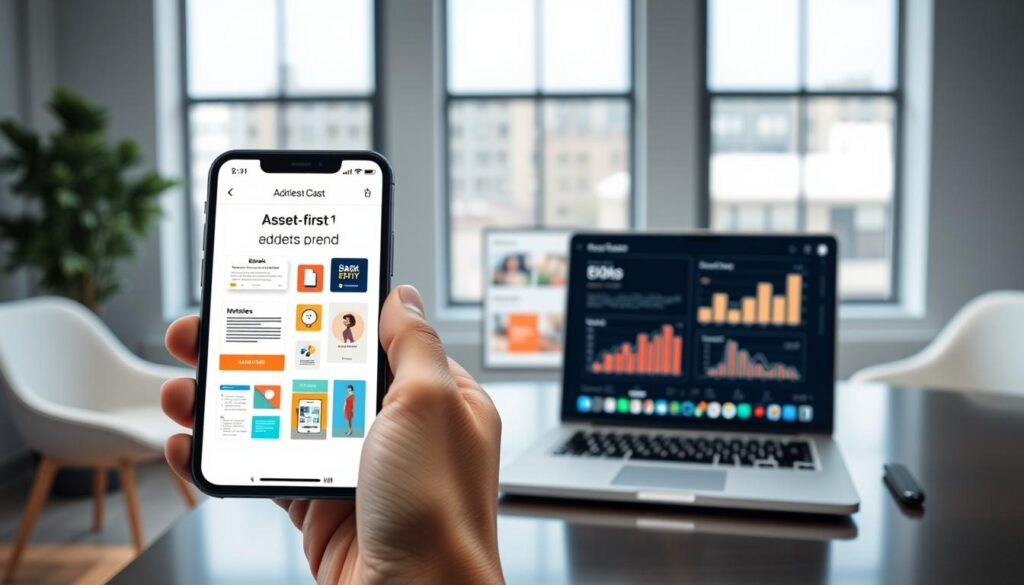Get ready to learn how to make your outreach campaigns better. By giving value first, you can get more replies and build stronger connections with your prospects.
This method is based on the idea of giving before getting. When you offer value first, you make a good impression and gain trust. This makes your prospects more likely to reply positively to your messages.
Key Takeaways
- Understand the psychology behind giving value before receiving
- Learn how asset-first outreach can boost reply rates
- Discover practical strategies for implementing this approach
- Improve your marketing efforts with data-driven decisions
- Build stronger relationships with your prospects by providing value upfront
The Problem with Traditional Outreach Methods
Traditional outreach methods often fail, leading to low response rates. You’re not alone in this struggle. It’s common to send many emails or messages and get few replies.
Low Response Rates in Cold Outreach
Cold outreach usually gets a response rate of less than 5%. This is because messages often lack personal touch and relevance. To improve, try these strategies:
- Make your messages personal, addressing the recipient’s specific needs.
- Ensure your message offers clear value to the recipient.
- Use data to make your outreach more targeted.
Why Recipients Ignore Most Outreach Messages
People ignore messages because they seem generic or not relevant. To grab their attention, your message must speak to their current needs or interests. Here’s why messages get ignored:
- The message is not personalized or looks like a mass email.
- The content doesn’t offer immediate value to the recipient.
- The timing of the message is wrong, catching the recipient when they’re busy.

Understanding Value-Based Outreach Fundamentals
Value-based outreach changes how businesses market themselves. It focuses on giving value first, not asking for it. This builds trust and credibility with your audience.

Defining the Asset-First Approach
The asset-first approach is key in value-based outreach. It starts by giving valuable assets to your audience. These can be informative content, tools, or resources that solve their problems.
Key characteristics of the asset-first approach include:
- Prioritizing the delivery of value upfront
- Focusing on the needs and pain points of your target audience
- Establishing credibility through the provision of useful resources
The Shift from Asking to Giving
Old outreach methods ask for something right away. But value-based outreach starts with giving. This could be sharing content, offering free trials, or giving advice.
The benefits of this shift include:
- Increased trust and credibility with your target audience
- Improved receptivity to your outreach efforts
- Enhanced potential for building long-term relationships
The Psychology Behind Giving Before Receiving
Giving before receiving is based on a key psychological principle. When you give value to someone, it creates a natural response. This response can greatly improve your outreach efforts. It’s why giving value first is so effective.
Reciprocity Principle in Human Behavior
The reciprocity principle is a strong force in how we interact. When someone gives you something valuable, you feel you must give back. This principle is a big part of why giving value first works well.
By giving valuable things or information first, you use this principle. It makes people more open to your outreach efforts.
Building Trust Through Generosity
Generosity is key in building trust with your prospects. Giving without expecting anything in return shows you care about their needs. This act builds trust and credibility.
When you consistently give value, you build a strong trust base. This can lead to deeper and more productive relationships.
Understanding the psychology of giving before receiving helps you create better outreach strategies. These strategies connect with your audience and lead to better results.
Key Benefits of Value-Based Outreach
Businesses gain many benefits by focusing on value first in their outreach. This approach makes the recipient’s experience better. It also leads to a more productive and meaningful connection.
Higher Response and Conversion Rates
One big plus of value-based outreach is the chance for higher response and conversion rates. When people see value in what they get, they’re more likely to take action. This could mean responding to an email, signing up for a webinar, or buying something.
By offering value upfront, you make it easier for people to say yes. This lowers the barrier to entry, making it simpler for potential clients to agree.
Stronger Relationship Building
Value-based outreach helps build stronger, more meaningful relationships with potential clients. By showing you care about their needs and offering relevant solutions, you gain trust. Trust is key to any successful business relationship.
It’s not just about making a sale. It’s about creating a connection that can lead to long-term collaboration and mutual benefit.
Enhanced Brand Perception
Value-based outreach can also enhance how your brand is perceived. By consistently offering valuable content or services, you become a thought leader in your industry. This attracts potential clients and keeps existing customers loyal.
They start to see your brand as a trusted resource, not just a company trying to sell. This boosts your brand’s image.
In conclusion, the benefits of value-based outreach are clear. It leads to higher response rates, stronger relationships, and a better brand image. These advantages can greatly improve your marketing efforts’ success.
Types of Valuable Assets to Share in Your Outreach
Sharing valuable assets is key to a good outreach strategy. But what are these assets? They vary and can meet your audience’s needs.
Informational Assets
Informational assets give insights and data. They include:
Custom Research and Data
Sharing custom research or data analysis can really engage your audience. For example, a study on trends or consumer behavior is very useful.
Industry Insights and Analysis
Sharing expert analysis on industry trends can make you a leader. This could be in whitepapers, reports, or infographics.
Practical Assets
Practical assets offer real benefits. Examples are:
Templates and Tools
Useful templates or tools are very valuable. This could be a spreadsheet, a social media calendar, or a project management tool.
Educational Resources
Sharing educational content like eBooks, webinars, or courses is great. It helps recipients learn and builds trust.
Promotional Assets
Promotional assets help recipients get noticed or meet new people. These include:
Exposure Opportunities
Offering to feature recipients in your work is a big asset. This could be a blog post, an interview, or a newsletter feature.
Network Connections
Connecting recipients to your network is powerful. This could be through introductions or exclusive events.
Using these valuable assets, you can make a strong outreach strategy. It will engage people and build real relationships.
Crafting Your Value-Based Outreach Strategy
Creating a good outreach strategy starts with knowing what your audience needs. You must find out what problems they face and plan how to help them.
Identifying Recipient Pain Points
To find out what hurts your audience, do deep research on them. Look at their industry trends and common problems. Also, listen to what they’ve said before. This will help you know exactly what they need. Use data and analytics to guide your research and keep your approach smart.
Creating Tailored Value Propositions
After finding out what hurts your audience, make tailored value propositions for them. Your proposition should show how your product or service can fix their problems. Make sure it’s short, to the point, and really grabs their attention.
Structuring Your Outreach Message
How you structure your message is key to its success. Start with a personal greeting, then clearly share your value proposition. Use storytelling techniques to make it more interesting and relatable. End with a clear call-to-action to tell them what to do next.
By following these steps, you can make a value-based outreach strategy that gets more responses and strengthens your relationships with your audience.
Implementing Asset-First Approaches Across Channels
Using different channels can make your asset-first strategies more effective. It’s important to use these methods in email, social media, and multi-channel campaigns. This way, you can reach more people and make a bigger impact.
Email Outreach Tactics
Email is still a strong tool for reaching out. Share valuable content like industry news or special deals to grab attention. Personalization is key – make sure your emails speak directly to your audience’s needs and interests. Use compelling subject lines and offer clear value right away.
Social Media Approaches
Social media lets you share your assets and connect with people in a fun way. Use sites like LinkedIn, Twitter, or Facebook to share content, join discussions, and grow your brand. Consistency is crucial – post regularly to keep your audience interested and engaged.
Multi-Channel Coordination
To really boost your outreach, coordinate across different channels. This means linking your email campaigns with your social media and other efforts. Cross-promotion can significantly enhance visibility – for example, share your email newsletter on social media or add social media links to your emails. A unified strategy ensures your message reaches your audience through their preferred channels.
Real-World Success Stories of Value-Based Outreach
Many businesses have found success with value-based outreach. By focusing on giving value first, they’ve built trust and improved their brand image. This approach also leads to higher response rates.
B2B Case Studies
In the B2B world, value-based outreach shines. A software company, for example, boosted its response rate by 300% with free webinars. This strategy not only gave value but also showed the company’s expertise.
- A marketing firm increased its conversion rates by 25% with actionable marketing tips.
- A financial services company saw a 50% rise in email open rates with free financial planning resources.
These stories show how customizing the value proposition can make B2B outreach more effective.
B2C Success Examples
In B2C, value-based outreach has also shown great results. An e-commerce brand, for instance, increased customer engagement by 40% with exclusive discounts. This approach fostered loyalty and appreciation among customers.
- A fitness brand saw a 30% sales boost with free workout plans.
- A beauty company improved brand loyalty with free samples.
These B2C examples underscore the value of offering value that resonates with the audience. This leads to stronger brand loyalty and sales.
Measuring the Impact of Asset-First Methods
It’s key to measure how well asset-first methods work. You need to track important metrics to see if your outreach is effective. This way, you can make your campaigns better.
Key Metrics to Track
To see if your asset-first outreach is working, focus on these key metrics:
- Response Rate: The percentage of people who reply to your messages.
- Conversion Rate: The percentage of people who do what you want them to do.
- Engagement Metrics: Things like email open rates, click-through rates, and social media activity.
Tracking these metrics helps you see how your audience reacts. This lets you make smart changes.
Comparing Results to Traditional Methods
To really know how asset-first methods work, compare them to traditional methods. This shows what’s good and what’s not about your approach.
For example, if your asset-first outreach gets more responses than traditional methods, it shows value upfront works better.
By comparing, you can improve your outreach strategy. This makes your marketing better with data-driven choices.
Common Pitfalls and How to Avoid Them
When you start with value-based outreach, knowing the pitfalls is key. Giving value first can boost reply rates. But, there are common mistakes that can mess up your strategy.
Offering Generic Value
One big mistake is offering generic value that doesn’t connect with your audience. To get around this, you must know what your recipients need and want. A HubSpot study shows that personalized emails get more opens and clicks than generic ones.
Here are some tips:
- Do your homework on your recipients’ needs
- Make your value offer specific to their problems
- Use data to improve your approach as you go
Giving Too Much Too Soon
Another mistake is giving too much too soon. This can overwhelm people and make your value seem less important. It’s important to find the right balance between giving value and keeping expectations in check.
A Forrester report says that building relationships slowly can lead to better, lasting connections.
Failing to Follow Through
Failing to follow through on what you promise can hurt your reputation. To avoid this, have a solid plan for keeping in touch and following up. Here are some ideas:
- Be clear about what you expect from your recipients
- Plan regular check-ins to keep the conversation going
- Keep improving your approach based on what people say
Conclusion
Adopting an asset-first approach can greatly improve your outreach efforts. It leads to higher reply rates and stronger relationships with prospects. Value-based outreach focuses on building trust and credibility by giving value first.
To get the most out of your campaigns, keep an eye on your results and tweak your strategy. This data-driven method boosts your outreach, leading to better performance and ROI. Value-based outreach doesn’t just improve your metrics. It also makes your audience’s experience more positive and engaging.
As you continue with your value-based outreach, always aim to provide real value to your prospects. This approach not only brings quick results but also builds lasting relationships and boosts your brand’s reputation.




